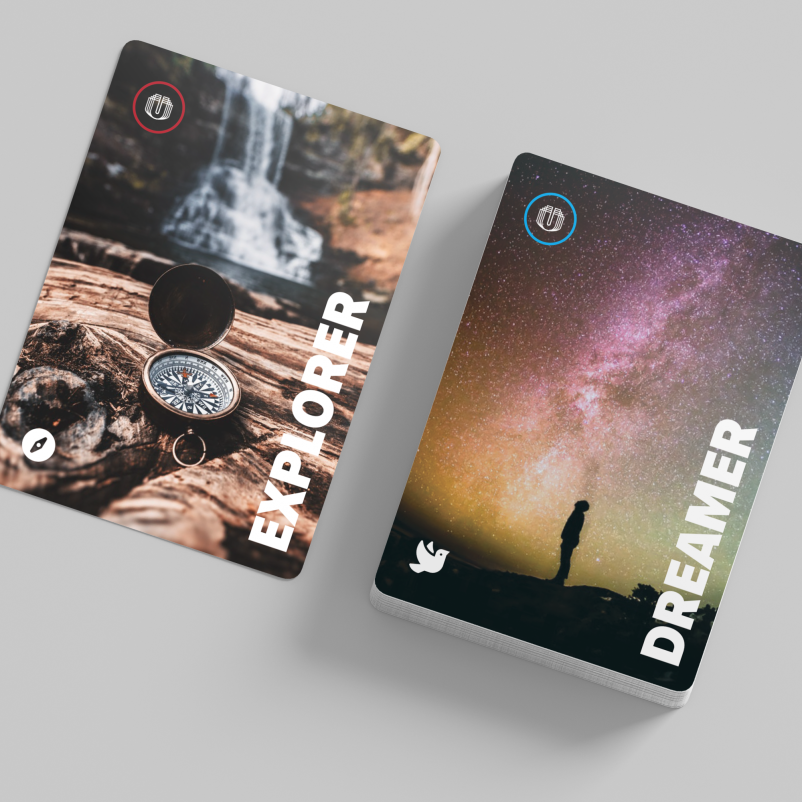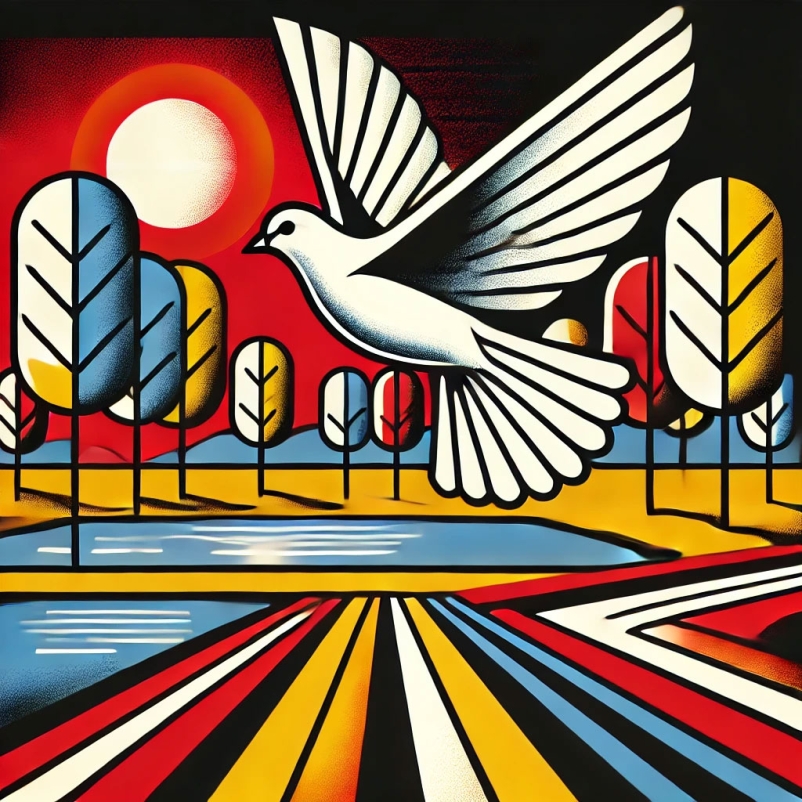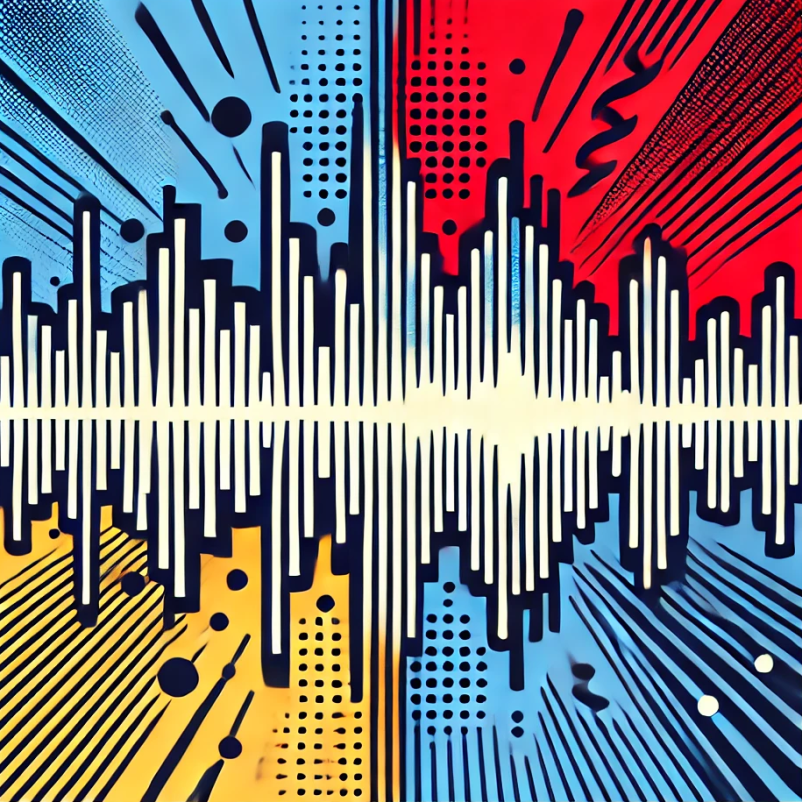Connecting Archetypes to Your Brand

The Magician: Ability to dream enormous dreams. Mysterious powers of perception, awe-inspiring intuition, and cleverness.
Example: Willy Wonka and the Chocolate Factory.
The magician is just one of the 12 brand archetype families. Each family has a fundamental archetype that encompasses the qualities of the entire family. Every family has a dominant archetypal theme, but functions in both a family role and its own unique story. Although the word “archetype” may be new, you identify with archetypes every time you watch a movie, listen to a song, or read a book. But what exactly is an archetype, and why is it important? Keep reading below to learn and discover how we use archetypes to build better brands.
What Are Archetypes?
Simply put, archetypes are the characters of our lives. Archetypes align brands, tell stories, make emotional connections, and lead us on journeys that we all can relate to. Archetypes remain consistent over time because they represent values, traits, and motivations that are essential to human nature.
The root of archetypes began in the field of psychology. Psychiatrist Carl Jung advanced the concept into what is known as the “collective unconscious”. He explained this as a set of memories and ideas that are shared among all of humanity, regardless of the culture that we were born into or the time period in which we live. Jung described these shared concepts as archetypes. These archetypes spread through the collective unconscious and emerge as themes and characters in our dreams and surface in our culture in myths, books, films, and more. Jung noted that within the collective unconscious, there exist a number of archetypes that we can all recognize.
There are several archetype frameworks to draw from. At UNANIMOUS, we utilize a set of 12 parent archetypes, each of which has five child archetypes (a total of 60 archetypes). Although archetypes may represent qualities that are usually considered to be masculine or feminine, they are naturally genderless. This allows us to utilize these archetypes without the labels of male or female. The 12 parent families include:
- Caregiver
- Citizen
- Creator
- Innocent
- Explorer
- Hero
- Jester
- Lover
- Magician
- Rebel
- Sage
- Sovereign
Each family is categorized by similar qualities, yet each contains subtle unique characteristics to make them distinct. For example, the explorer, adventurer, and seeker are in one family, whereas the caregiver, guardian, and healer, are in another.
Every archetype has specific strengths and challenges that define it. For example, the explorer is motivated by a powerful craving for new experiences and will do anything to avoid boredom, even if it means not knowing what might happen next. The brand Patagonia is a good example of the explorer. On the other hand, the one-word description for the caregiver is altruism. The caregiver is motivated to serve and provide reassurance, advice, a listening ear, and an open heart to support the welfare of others. Dove’s brand is a great representation of the caregiver.
Why Are Archetypes Important?
Discovering your brand archetype can be critical to your company’s success and growth. Archetypes are used to strengthen and guide your brand’s story. It is used as a tool to accompany research, strategy, and deliverables to achieve more powerful and successful results. Archetypes reveal how a brand appears in the world, how it is motivated, and what triggers it. To understand how archetypes can help achieve your business goals, we’ll use the 4 C’s.
Connection: Determining your brand archetype allows you to build connections, both internally and externally. An archetypal approach to branding will help humanize the process of being in business in general, and branding in particular, by enabling greater humanity within all stakeholder relationships. On top of connections internally, you can build deeper external connections with your target audience. Archetypes can be used as a proxy for the motivations of your target audience. Basically, archetypes can help your brand understand why it attracts certain customers. This has huge benefits for brands: Instant emotional impact and visual representation of an archetype in the viewer's mind create an instant connection.
Customers: Your brand's archetype affects your customers in many ways. First, it enhances trust with them by aiding in creating a consistent brand story and value journey. This allows your customers to easily develop an emotional understanding of your brand. Archetypes also strike into your customer's desires. You can use your archetype to specifically tailor to your customer’s wants and needs. This helps your customer see why your brand is the best solution to their problem.
Consistency: Using your archetype creates consistency throughout every aspect of your business. In terms of marketing, your archetype allows you to focus your campaigns and initiatives, creating consistent messaging and designs across multiple platforms. Internally, archetypes provide a reference point for those within the organization. This gets everyone throughout the company on the same page and can even assist in uncovering previously unidentified roadblocks the company is facing. Your archetype is the most valuable when integrated across the full spectrum of your business, from the C-Suite to HR and every department in between.
Culture: Archetypes can also enhance your brand culture. Applying your archetype to internal communications, processes, and events will integrate your brand into your culture to create greater confidence, trust, and meaning in your organization. This then aligns with your brand's values and mission. Ask yourself, “Would the [insert your brand archetype] do or say this?” Answering this question can help determine if that initiative aligns with your company’s values and mission.
Our Process
At UNANIMOUS, we offer an archetype creative exercise that will help you explore your brand identity and discover your brand archetype. Through a series of phases using our archetype cards, we start out introducing all archetypes from a bird's eye view. Together, we go through a questionnaire and elimination process, allowing you to explore what archetypes relate to your brand. The process is one full of discovery, where the conversation around each archetype reveals meaningful insights into your brand’s personality, voice, and how your brand connects with your customer’s primary motivators and emotions. At the end of the session, we narrow down to your top three archetypes, leaving you with sound direction yet flexibility to drive the personality of your brand.
Now imagine that your brand is narrowed down to a consistent persona, one that is weaved into various pieces of history, culture, and marketing that tap into the emotions of your customers. Your archetype is empowering the choices your customers make and giving them a deeper bond to your brand.
So now that you understand what archetypes are and their importance, who are you? If you want to hone in on your brand’s personality and create consistency throughout your marketing efforts, let the experts at UNANIMOUS help.
UNITED WE BRAND!
UNANIMOUS is a full-service branding agency based in the heart of the Midwest—Lincoln, Nebraska. We work with clients to develop strong brand alignment through strategic marketing, logo design, creative services, engaging websites, and compelling video projects of all sizes. UNANIMOUS is known for collaborative partnerships and works with various clients nationwide. Our agency prides itself on rhyme, reason, and results.Contact UNANIMOUS to learn more: info@BeUNANIMOUS.com or 402.423.5447



